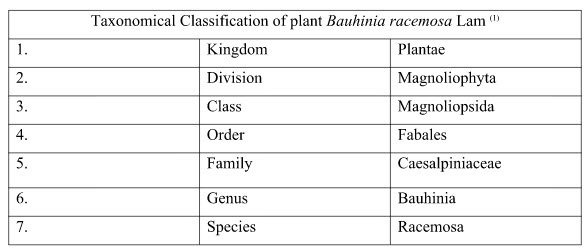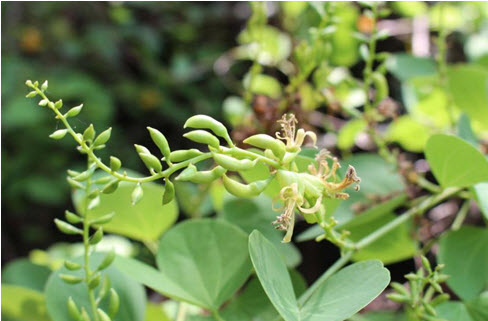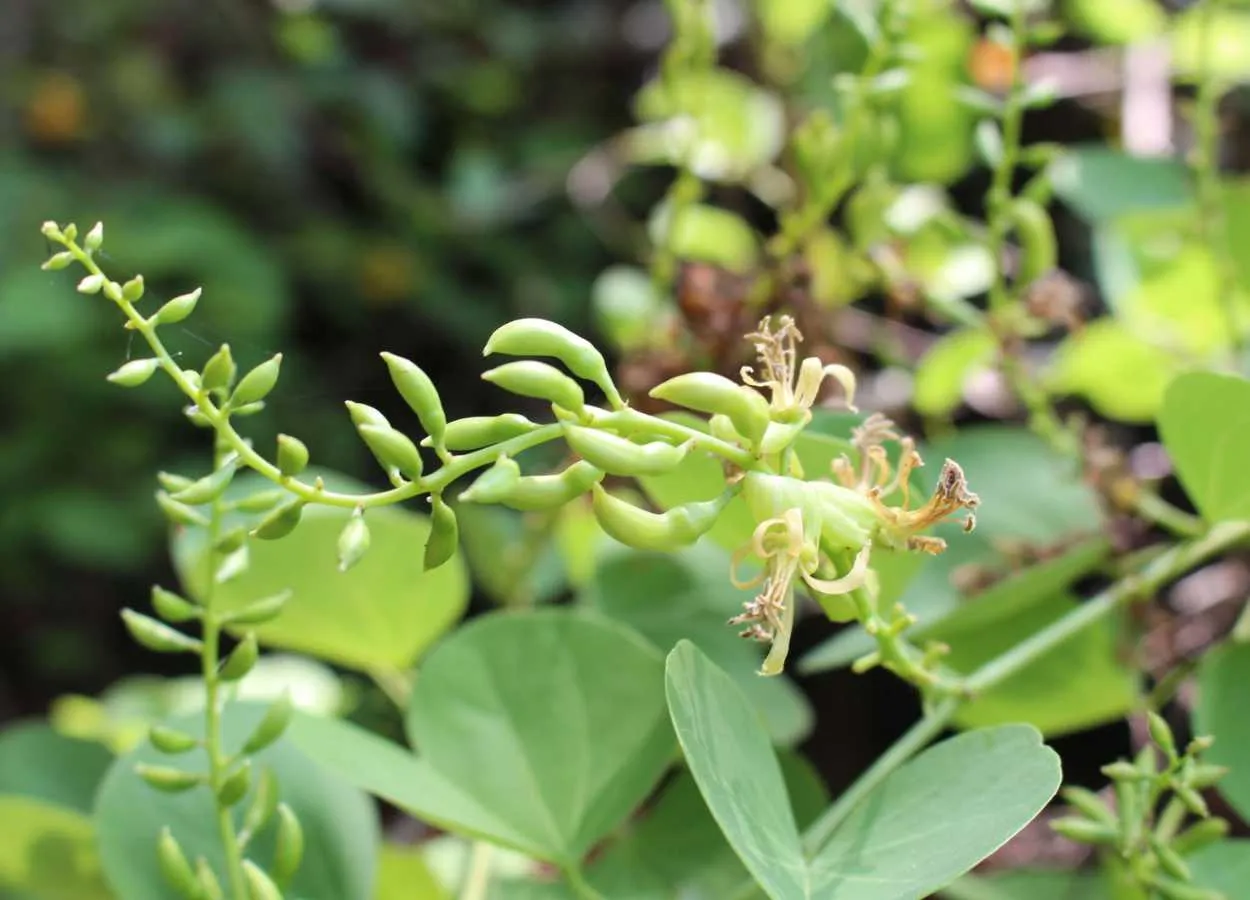
M.Pharmacy in Pharmacology,
M.B.A. in Pharmaceutical Marketing and Hospital Administration,
Founding Medical Writing Director, TRM Writer’s LLP
Modipuram, Meerut.
*devanshm84@gmail.com
Abstract
Plant medicines or Herbal medicines have been in use in traditional system of medicines since the times millennia. Herbal medicines or the traditional medicines have been in existence in India, since the time around 5000 BCE years back. Popular scripts, like Rigveda, Yajurveda, and Atharva veda have mentioned plant medicines, as cure for treatment of various ailments since that time. Bauhinia racemosa Lam, is popularly present in South Asia regions, and in India, it’s leaves are highly used to make Indian cigarettes, known as bidi’s. Medicinal plants are used since the vedic times. This plant has been popularly used in diseases like diarrhea, brain tumors, and as antimicrobial agent to cure various types of infections. Looking at the growing interest of the present scientific community, this review is written in order to highlight its medical significance in order to put across a point to include this plant in rigorous research activities to find scientific cure of various diseases including serious diseases like, Cancer.
Introduction
Plant medicines, or herbal medicines, or in other words, traditional medicines, have been use by the mankind, since the ages of vedic times. Popular vedic literatures like Rigveda, Yajurveda, and Atharva veda, have extensively mentioned plant medicines and phytochemicals present in them to be in use for wide variety of diseases affecting people since the ages. Traditional medicines have been in use since times as back as 5000 BCE years back. Around 4 million people across the world depend on herbal plants as a source of medicines to cure various types of diseases. According to WHO GLOBAL REPORT, various medicinal systems are in use by the people across the world, which includes, homeopathy, herbal medicines, acupuncture, indigeneous traditional medicines, etc. Around 40 % of pharmaceutical medicines are drawn from natural as well as traditional knowledge, like landmark drugs, artemisinin, aspirin, etc. (Quazi Majaz A, 2016).
Reference Id : PHARMATUTOR-ART-3017
About the plant Bauhinia racemosa Lam
The plant Bauhinia racemosa Lam, is commonly known as bidi leaf tree, is commonly found in Indian subcontinent and various other countries adjoining our country, like China, Bangladesh, Indonesia, etc. It is small tree of crooked nature with drooping leaves and branches, that grows around 3 - 5 meters tall and mainly flowers between the months from Febraury to May. There are various species of Bauhinia, of which popular ones are, Bauhinia racemosa L, Bauhinia variegata L., Bauhinia ungulata L., etc. It is commonly used as ornamental plant, medicinal plant, and as fence plant and for fodder for livestocks since ancient times.
Bauhinia genes is especially flowering plant tree, It is popularly planted as orchid tree, in regions, like, China, India, Sri Lanka, Vietnam, and Nepal. Bauhinia racemoa L., mainly belongs to Caesalpiniaceae family. The leaves of the tree are basically small and wide, ranging from 2 to 5 cm in length, and 3 to 6 cm in width. A cleft separates each leaf into two separate rounded globes. (Bahunia racemosa, 2024).
The taxonomical classification of the plant is given in the following Table 1.


Figure 1: Plant Bauhinia racemosa Lam (Bahunia racemosa, 2024)
Phytoconstituents present in the Plant Bauhinia racemosa Lam
Phyto-constituents or in other terms chemical composition have been identified by various researchers in this plant. Till date around 37 phyto-constituents have been found in this plant. The plant contains, Steroids, Alkaloids, triterpenoids, saponins, tannins, glycosides, phenolic compunds, flavonoids, galactolipids, catechins,
Secondary metabolites present in the plant include, beta-sitosterol, beta- amyrin, rutin, kaempferol, quercetin, eicosanoic acids, octacasanol, scopoletin, scopolin, etc. (Ushie O.A. et al. 2019).
PHARMACOLOGICAL PROPERTIES PRESENT IN THE PLANT
Just in recent times, various researchers across the globe have identified and researched various pharmacological and medicinal properties in this plant. Based on in-vivo and in-vitro experiments various properties have been identified in this plant. This includes, presence of, anti-oxidant, anti-diabetic, larvicidal activities, anti-cancer, anti-ulcer properties, hepatoprotective, and analgesic properties, traditionally the plant has been in use for various diseases like, asthma, gastrointestinal pain, urinary diseases, pain, piles, malaria, diarrhea, epilepsy, pneumonia, etc.
Anti-Anxiety Activity
The methanolic extract of Bauhinia racemosa showed promising anti anxiety prperties at dose of 150 mg/kg and 300 mg/kg in swiss albino mice. It lead to increase in time spent in elevated plus maze, also treated mice spent more time in illuminated side of light-dark test. This showed that the plant has promising anti-anxiety properties.
Anti- Histaminic Properties
The ethanolic extract of the plant Bauhinia racemosa Lam, showed active antihistaminic properties which in other terms means, that the plant has activities to cure asthma patients. In the experiment, the researcher found that, the ethanolic extract of the plant inhibited clonidine induced catalepsy in swiss albino mice at dose of 50mg/kg (ip). Thus the plant has role in treatment of asthma.
Anti-malaria Activity
De-0-methylracemosal and racemosol, exhibited cytotoxic properties against KB cell lines, exhibiting, moderate antimalarial activity against parasite plasmodium falciparam.
Anti-oxidant properties in the plant B.racemosa Lam
The aqueous extract of the leaves and bark of the plant showed good and promising anti-oxidant properties in different system of assays. It showed effective anti-oxidant properties, at IC90 values of 1739, 536, 216, and 797 microgram/ml for hydroxyl radial scavenging, super-oxide radial scavenging, DPPH scavenging, and lipid peroxidation prevention.
Anti-HIV Properties
The plant showed effective anti-HIV properties at dose titrated levels, experimented against the HIV infected cell lines. (Rehman Md., et al. 2015).
Anticancer Properties in the plant
Anti-cancer properties in the plant were evaluated by Gupta, Malaya, et al. in their paper Anti tumor activity and antioxidant role of Bauhinia racemosa against Ehrlich ascites carcinoma in Swiss albino mice. The researcher tested anticancer activity in the methanolic extract of the plant at doses of ( 50, 100, and 200 mg/kg) of stem bark extracts. The researcher concluded presence of anticancer properties in the plant as it exhibited anti tumor effect by modulating lipid per oxidation and augmenting antioxidant defence system in EAC bearing mice. (Gupta, M. et al. 2004).
CONCLUSION
The plant Bauhinia racemosa Lam, is of significant importance because of its various medicinal properties. More and more extensive research is required to shift the plant extracts to main medicine market to cure wide variety of ailments affecting people in the current scenarios. Already various researches have found out effective photo-constituents present in the plant, and thus more experiments are required as well.
The plant has huge medicinal potential to cure wide variety of diseases.
REFERENCES
1. Quazi Majaz A, Molvi Khurshid I. (2016). Herbal Medicine: A Comprehensive Review. International Journal of Pharmaceutical Research, 8 (2): 1-5.
2. Bauhinia racemosa [Online]. (2024) Available f). rom: URL: https://en.wikipedia.org/wiki/Bauhinia_racemosa, (accessed on 11 JUly 2024)
3. Bauhinia racemosa Lam, Plants of the world Online [Online] (2024). Available from: URL: https://powo.science.kew.org/taxon/urn:lsid:ipni.org:names:481612-1 (accessed on 11 July 2024).
4. Ushie O.A, Nyong B. E., Tabe N.N, Jones B.B, Dogara F. (2019). Bioactivity of active extract of leaf of bauhinia racemosa. International journal of clinical chemistry and laboratory medicine 5(2) : 19-24.
5. Rahman Md. Azizur, Kamal Mehnaz, Hussain Arshad, Arif Muhammad, Khushtar Mohd. (2015). Phytochemistry and pharmacology of traditionally used tropical medicinal plant bauhinia racemosa lam. The pharma research 3(1): 26-41.
6. Rashed K, Luo M, Zhang L, Zheng Y (2013). Anti-HIV-1 potential of Bauhinia racemosa Lam. (Caesalpiniaceae) and Phytochemical profile. Top Class Journal Herbal Medicine, 2, 95-102.
7. Gupta, Malaya, et al.(2004).Antitumor activity and antioxidant role of Bauhinia racemosa against Ehrlich ascites carcinoma in Swiss albino mice (corrected)., Acta Pharmacol Sin. 25 (8) :1070-6.









